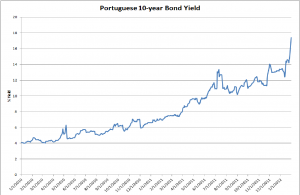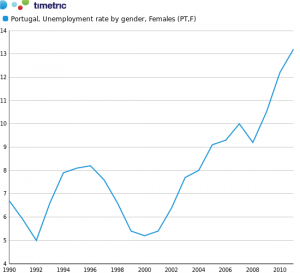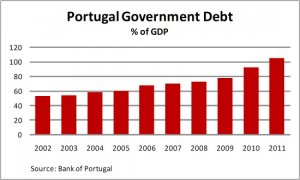V
vredensgnag
Gjest
Joda, og det er der Hudsons argument blir relevant. Han skriver at Norge investerer likt en middelklassefamilie som bedriver aksjesparing.
To nøkkelavsnitt. Det første om risikoprofilen:
These savings have helped pump up U.S. and European stock and bond prices, and are now being used to help revive their real estate markets as well. In fact, it is largely the Sovereign Wealth Funds of Norway and other oil exporters along with pension funds throughout the world that have bid up stock and bond prices over the past few decades.
Little of this financial churning adds to the real capital stock of economies. The financial sector has become decoupled from tangible capital formation. Most of the net stock purchases are from financial managers exercising their stock options and venture capitalists cashing out. When these institutional buyers begin to sell, the outflow of funds may lower prices and markets always plunge downward much more rapidly than they rise
Det andre om alternative strategier som forfølges av land med tilsvarende inntektsstrøm. Han savner en langtidshorisont, og ser fondets investeringer som et kafeteriautvalg:
For starters, its government has a broader option than merely to steer savings into foreign financial markets. It enjoys sufficient scale to use its savings and domestic credit creation to improve the economy by creating tangible means of production to raise productivity. Using the experience of other Sovereign Wealth Funds as an object lesson, Norway may ask how its approach compares with that of China, Singapore and other countries that are using their enormous financial savings strategically and diplomatically?
Rather than investing in foreign financial markets which today are staggering under their debt load Sovereign Wealth Funds in Asia are looking at the long-term national interest. Working in tandem with leading industries, they draw up long-term plans to forecast what raw materials and technology their economies may need. They then take a direct ownership position rather than scattering their savings over a cafeteria selection of stocks and bonds.
This kind of long-term planning is how the worlds leading economies grew rich: Britain in its mercantilist epoch, the United States in its protectionist industrial takeoff after 1861, and state-led Germany after 1879. Business was nurtured largely by government contracts, infrastructure spending and subsidies. And rather than being inflationary, public investment enabled economies to minimize their cost of living and doing business.
.
To nøkkelavsnitt. Det første om risikoprofilen:
These savings have helped pump up U.S. and European stock and bond prices, and are now being used to help revive their real estate markets as well. In fact, it is largely the Sovereign Wealth Funds of Norway and other oil exporters along with pension funds throughout the world that have bid up stock and bond prices over the past few decades.
Little of this financial churning adds to the real capital stock of economies. The financial sector has become decoupled from tangible capital formation. Most of the net stock purchases are from financial managers exercising their stock options and venture capitalists cashing out. When these institutional buyers begin to sell, the outflow of funds may lower prices and markets always plunge downward much more rapidly than they rise
Det andre om alternative strategier som forfølges av land med tilsvarende inntektsstrøm. Han savner en langtidshorisont, og ser fondets investeringer som et kafeteriautvalg:
For starters, its government has a broader option than merely to steer savings into foreign financial markets. It enjoys sufficient scale to use its savings and domestic credit creation to improve the economy by creating tangible means of production to raise productivity. Using the experience of other Sovereign Wealth Funds as an object lesson, Norway may ask how its approach compares with that of China, Singapore and other countries that are using their enormous financial savings strategically and diplomatically?
Rather than investing in foreign financial markets which today are staggering under their debt load Sovereign Wealth Funds in Asia are looking at the long-term national interest. Working in tandem with leading industries, they draw up long-term plans to forecast what raw materials and technology their economies may need. They then take a direct ownership position rather than scattering their savings over a cafeteria selection of stocks and bonds.
This kind of long-term planning is how the worlds leading economies grew rich: Britain in its mercantilist epoch, the United States in its protectionist industrial takeoff after 1861, and state-led Germany after 1879. Business was nurtured largely by government contracts, infrastructure spending and subsidies. And rather than being inflationary, public investment enabled economies to minimize their cost of living and doing business.
.





